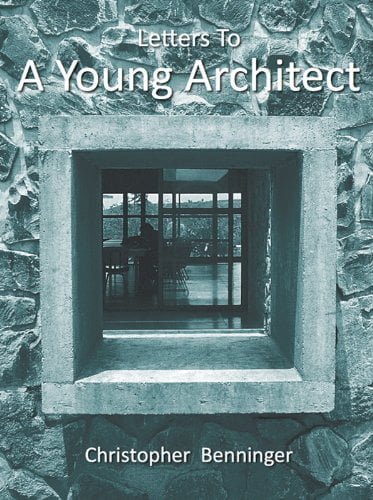Architecture Books

Architecture as a subject and profession requires a lot of common sense and practical action. Being creative as you grow is important, and reading is one of the best ways to do it.
The architect is a visual thinker and thus needs excellent imagination skills. Reading stimulates the architect’s imagination and goes beyond the typical thinking process. Projects, concepts, and drafts are about stories. These stories are about people and how they react to situations and environments. It’s important to read, not watch videos or graphics. For architects, watching a movie to see how a scene (space) is designed, rendered, and illuminated is often appealing. It does not stimulate the imagination. Clients are often not visual people-customers are more verbal. If you can express it in words, you may take a picture. Elaborate rendering and 3D models are not always useful.
Fiction, science fiction, and nonfiction always explain what people’s experiences, places, and people mean. Architects can learn more about clients, or at least their perspectives, motives, and reactions. Reading and writing can give you a better understanding of the users of projects designed by architects.
Spatial experience descriptions and stories for functionality and fun can achieve much more in selling ideas than rendering. Finally, the architect’s vocabulary is developed to explain to the client what is important about the design. Words are important. You need to learn how to use words, as they should help explain realities and experiences that do not yet exist. However, although we know that we need visual aids, we need to be balanced.
Books to Read in Architecture School
101 Things I Learned in Architecture School- Mathew Frederick

This book has everything, from the basics of “drawing lines” to the complexity of colour theory, short lessons in design, drawing, creative processes, and presentations. It is a book that architecture students are happy to keep in their studios and backpacks. From the basics of “how to draw a line” to the complexity of colour theory, these 101 concise lessons on design, drawing, creative processes, and presentations provide a very necessary introduction to architectural skills too often. Concrete what remains ambiguous or open in the architectural curriculum. Each lesson uses a two-page format with brief instructions and illustrations, from schematics to capricious ones. The lesson on how to draw a line is shown with examples of good and bad lines.
The Seven lamps of Architecture- John Ruskin
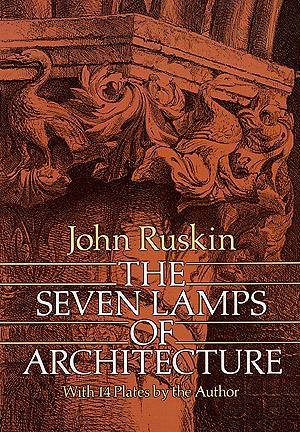
“I believe that architecture must be the beginning of art, and others need to follow it in time and order. And I believe that much health depends on the health of our architecture. Despite being thinking about the prosperity of our school of painting and sculpture, no one denies life. ,”-John Ruskin. In August 1848, John Ruskin and his new bride visited northern France because a talented young critic wanted to write a piece that explored the essence of Gothic architecture. The book was completed in April of the following year.
Titled the Seven Lamps of Architecture, it was more than a dissertation on Gothic style. Instead, Ruskin’s deepest beliefs in architecture and its aesthetics were explored. This book was quickly published with success and has since become a well-established classic. The “seven lamps” are sacrifice, truth, power, beauty, life, memory, and obedience. In explaining the relationship between these terms and architecture, Ruskin distinguishes between architecture and mere building.
The Image of the City- Kevin A. Lynch
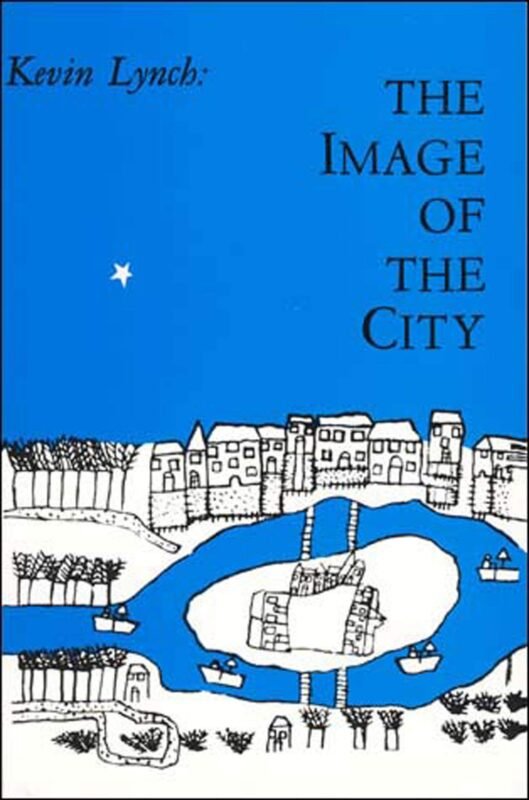
What does the shape of the city really mean to the people who live there? What can urban planners do to make the cityscape more vibrant and more memorable for the city’s inhabitants? To answer these questions, backed by research in Los Angeles, Boston, and Jersey City, Lynch sets new standards for mapping capabilities and shows potential value as a guide to urban construction and reconstruction. The broad scope of this study leads to an ingenious and important way of assessing the shape of a city. The Image of the City describes how people perceive the features of a city. He explained five distinctive elements of the urban space- paths, nodes, edges, districts, and landmarks. Architects, planners, and certainly city dwellers will also want to read this book.
Books to Read after studying Architecture
Form, Space, and Order- Francis D.K. Ching

For over 30 years, the beautifully drawn book “Architecture: Form, Space, and Order” has been a classic introduction to the basic vocabulary of architectural design. The updated 3rd edition includes extended sections on traffic, traffic lights, views, site context, as well as additional considerations on environmental factors, building codes, and modern examples of forms, spaces, and orders. This classic visual reference helps both students and architects understand the basic vocabulary of architectural design by examining how shapes and spaces are arranged in an architectural environment.
Professor Ching pays close attention to the characteristics of the building, showing the relationships between the basic elements of architecture over time and across cultural boundaries. By reviewing these ingenious ideas, ‘Architecture: Forms, Spaces, and Order’ encourage readers to take a critical look at the environment in which they are built and encourages a more influential understanding of architecture.
A Pattern Language- Christopher Alexander, Murray Silverstein

A Pattern Language is the philosophy that during designing their environments human beings usually depend on certain `languages,` which, just like the languages we speak, permit them to articulate and speak countless types of designs inside a proper device that offers them coherence. This book offers a language. It will allow creating a layout for nearly any sort of constructing, or any part of the constructed environment. `Patterns, ` the contents of this book, are solutions to layout problems: how excessive have a window sill been?; how does a good deal area in a community have to be committed to grass and trees?
Over 250 of the styles in this language are outlined, every which includes a problem statement, a dialogue of the problem with an illustration, and a solution. As the authors say of their introduction, most of the styles are archetypal, so deeply rooted with inside factors that it appears probably that they’ll be part of human nature and human movement as a good deal in 5 hundred years as they may be today.
Towards a New Architecture – Le Corbusier

For Swiss-born architect and city planner Le Corbusier (Charles Édouard Jeanneret, 1887–1965), architecture is a noble art, where architects combine the invention of plastics, intellectual guessing, and advanced mathematics to put it to practical use. It was a noble profession that transcended the needs of the public. “Style” that realizes the pure creation of the mind of “building emotional relationships through materials”.
In this volume, Le Corbusier describes his technical and aesthetic theories, industry, economics, the relationship between form and function, the “spirit of mass production, ” and much more. A chief prophet of the “modern” movement in architecture and an almost legendary figure in the “international school,” he designed some of the most memorable buildings of the 20th century. The book expressed his ideas in a concise and concise style, adding epigrammatic and often provocative observations.
Complexity and Contradiction in Architecture – Robert Venturi

Since it was first published in 1966 and has since been translated into 16 languages, this remarkable book has become an integral part of architectural literature. As Venturi’s “gentle manifesto of non-linear architecture,” Complexity and Contradiction in Architecture represent the postmodern rebellion against modern purism in the most interesting and original way. The 350 architectural photographs serve as historical comparisons and reveal the author’s idea of creating and experiencing architecture. Complexity and Contradiction in Architecture won the Classic Book Award at AIA’s 7th International Architecture Book Awards.
Everything Architects Need to Know Every Day – Julia McMorrough

Most building standards references contain thousands of pages of detail that are overwhelmingly more than an architect needs to know on a particular day. The Architecture Reference & Specification Book contains important information that is essential for planning and executing architectural projects of all types and sizes in a format that is small enough to be carried anywhere. Extracting the data provided by the standard architecture volume provides an easy-to-use reference for the most essential and required types of architecture information.
Modern Architecture since 1900- William J.R. Curtis
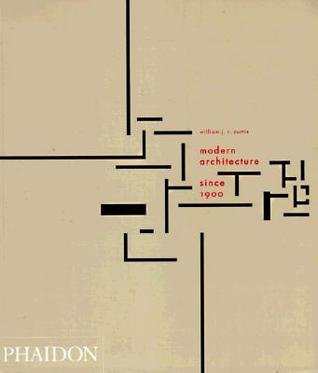
Since its first publication in 1982, Modern Architecture has established itself as a modern classic. Around the world, it combines a clear historical overview with stunning analysis and interpretation. Technical, economic, social, and intellectual development is summarized in a comprehensive story that provides a framework for in-depth research on buildings. The focus of the book is on the quality that gives lasting value to individual architects and excellent buildings.
In the 3rd edition, the text has been significantly revised and expanded, many new materials have been added, and the identity and diversity of the region have been renewed. Seven chapters are brand new, including extended coverage of modern world architectures. Described by James Ackerman of Harvard University as “the best work in the field,” the book presents a powerful analysis of modern traditions and their origins and is astonishingly rich. It traces the creative interaction of old and new that created architecture, shaped throughout the world and centuries.
The Death and Life of American Cities- Jane Jacobs
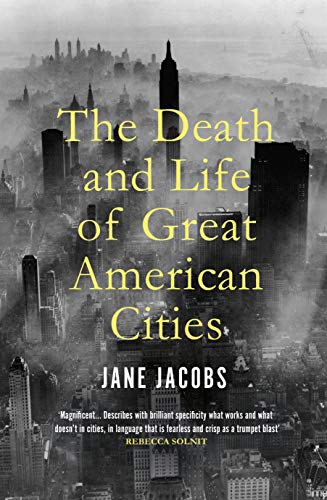
In prose of outstanding immediacy, Jane Jacobs writes about what makes streets safe or unsafe; about what makes up a neighbourhood, and what function it serves within the larger organism of the city; about why some neighbourhoods remain impoverished while others regenerate themselves. She writes about the salutary role of funeral parlours and tenement windows, the dangers of too much development, money, and too little diversity. Compassionate, bracingly indignant, and always keenly detailed, Jane Jacobs’s monumental work provides an essential framework for assessing the vitality of all cities.
Books to Refer in Architecture School
Neufert Architects’ Data
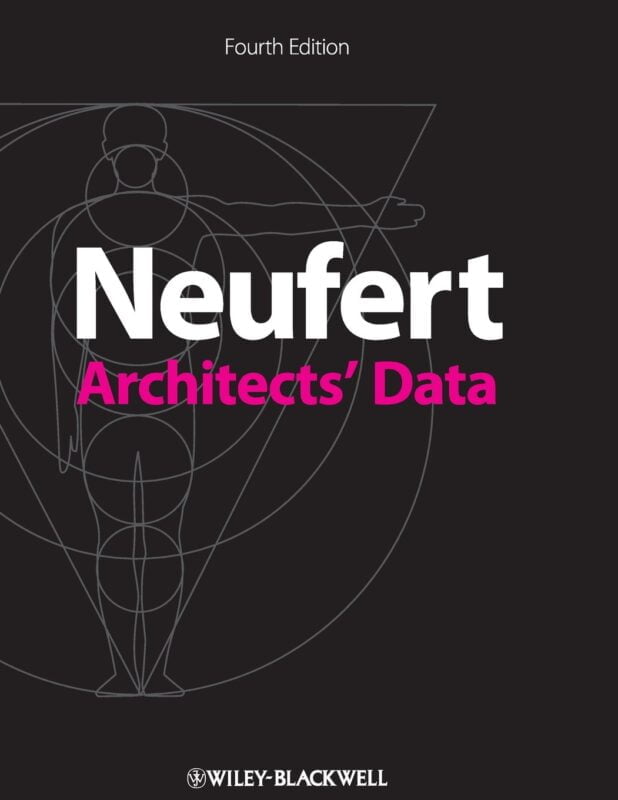
McKay’s Building Construction
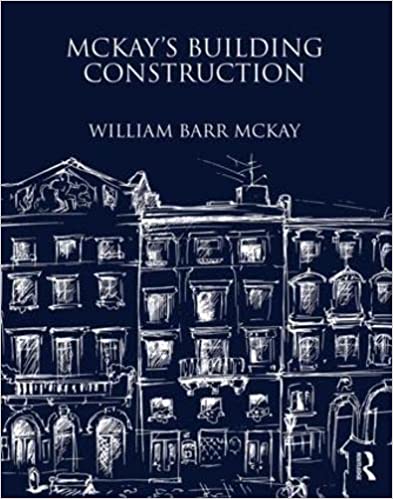
TimeSaver Standards

Special Recommendation
Atmospheres: Architectural Environments. Surrounding Objects- Peter Zumthor

In Praise of Shadows
-Jun’ichirō Tanizaki
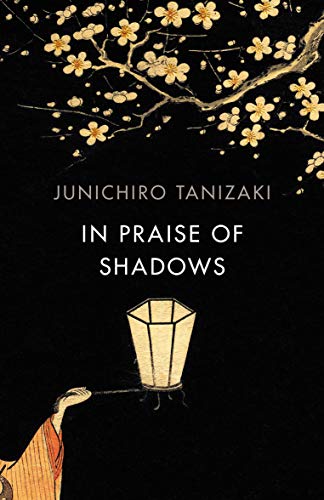
Letters to a Young Architect
– Christopher Benninger
